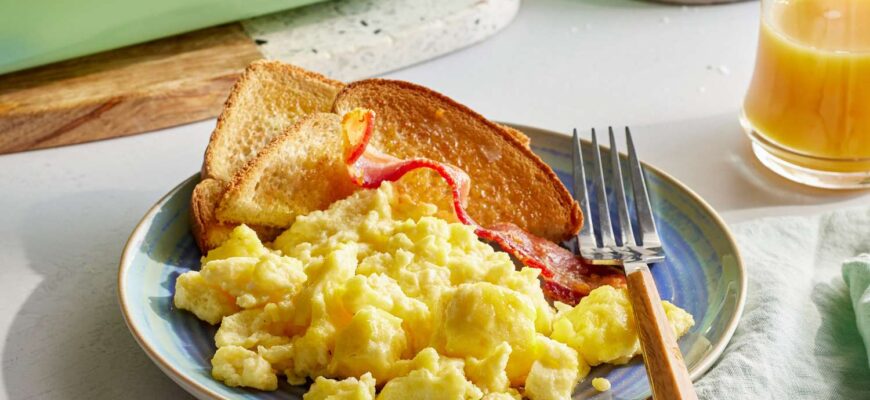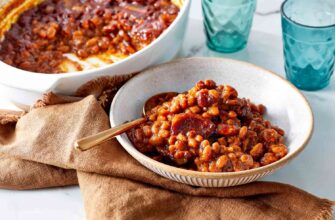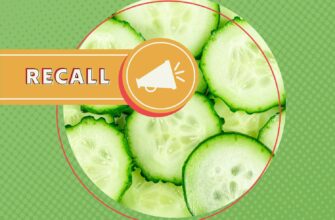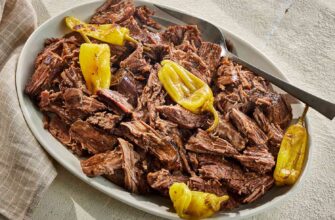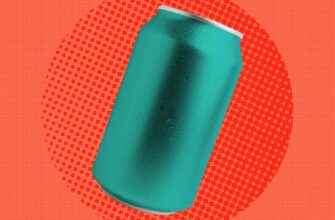Close
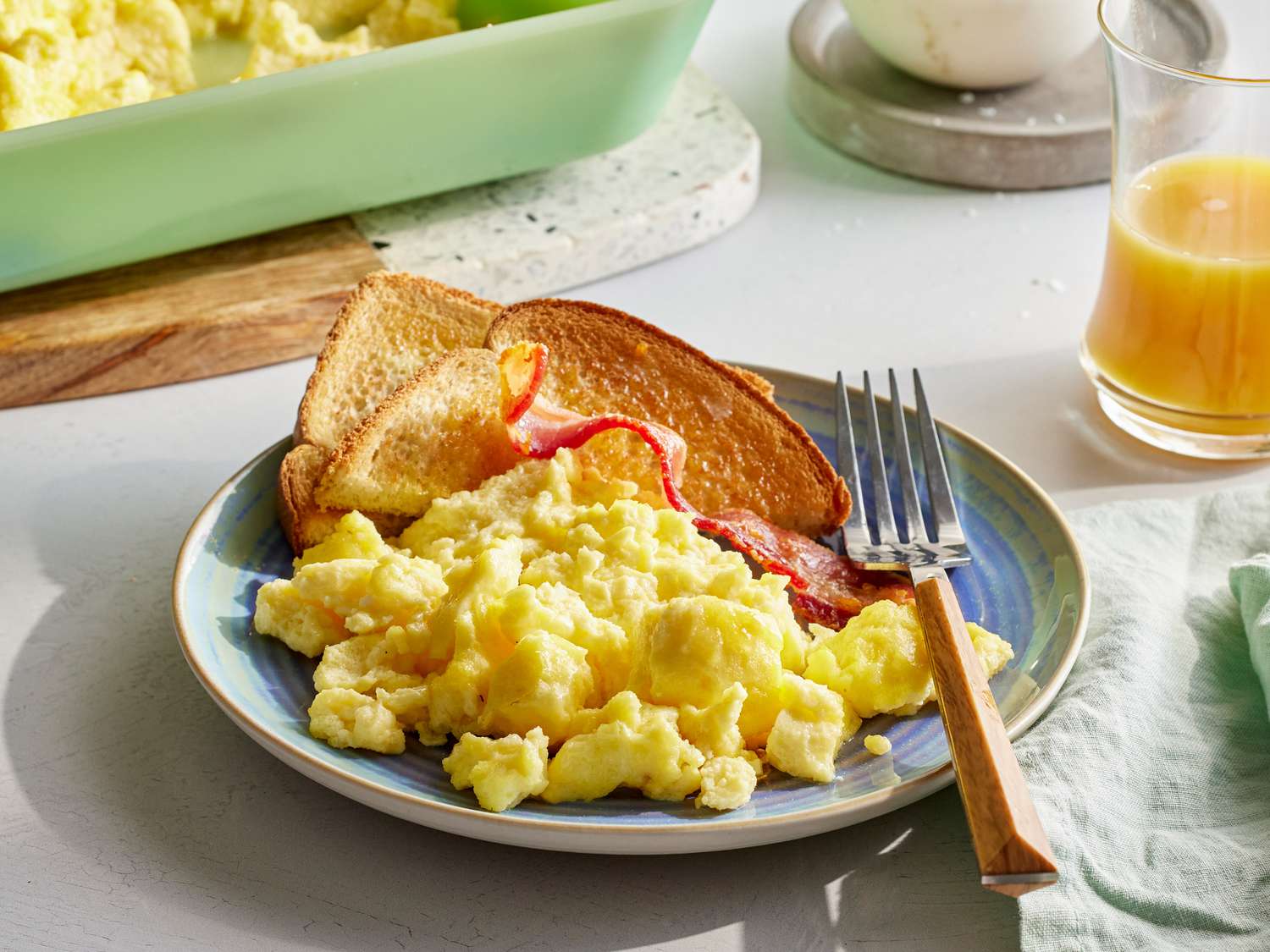
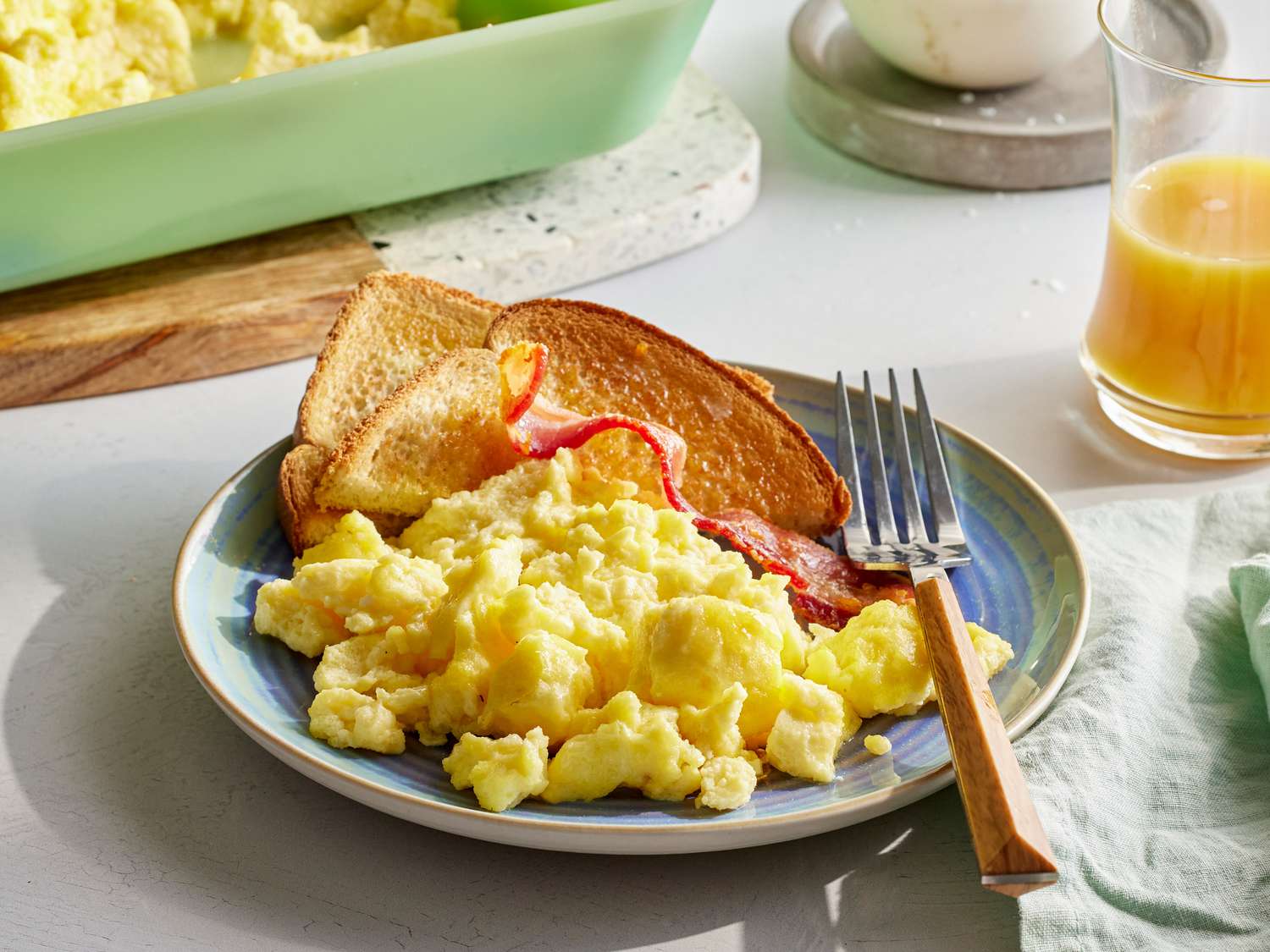
Credit:
Carson Downing / Food Styling: Lauren McAnelly / Prop Styling: Sue Mitchell
If you ask a dozen cooks to share how they make scrambled eggs on the stovetop, you’ll likely receive 12 different answers.
For many folks, the answer involves adding an extra ingredient to help create a lighter, fluffier texture. Meghan, Duchess of Sussex, for one, swears by adding a splash of sparkling water. Some feel that cottage cheese is essential, while other home cooks swear by a spoonful of mayo.
Is the key to perfect scrambled eggs one of these secret ingredients? Breakfast-savvy professional chefs told us the key to a better batch of scrambled eggs isn’t found in the fridge or pantry. Instead, it’s in the process.
The Secret to the Best Scrambled Eggs, According to Chefs
Carefully controlling the temperature is essential for the best, lightest, and fluffiest scramble, the chefs we spoke to agree. According to Tanner Pennington, chef and kitchen manager at Morning Story in Denver, Colorado, “Heat affects the protein molecules in eggs. When cooked at medium heat or lower, the proteins disperse evenly, creating fluffy eggs. If the heat is too high, the proteins seize up too quickly, resulting in rubbery, dry eggs.”
But you don’t want the pan to be that temp immediately. In fact, Bobby Flay and several other professional chefs say the secret to the best scrambled eggs is starting with a cold nonstick pan. Just like with caramelized onions and golden-brown crispy hash browns, you don’t want to rush your scrambled eggs.
Turning up the heat to medium-low after adding the fat and eggs to the skillet allows the proteins in the eggs to come up in temperature evenly. If the pan is already hot when you add the eggs to the preheated fat, the exterior of the scramble may cook too quickly, leading to brown spots and a thin “skin” around the edges.
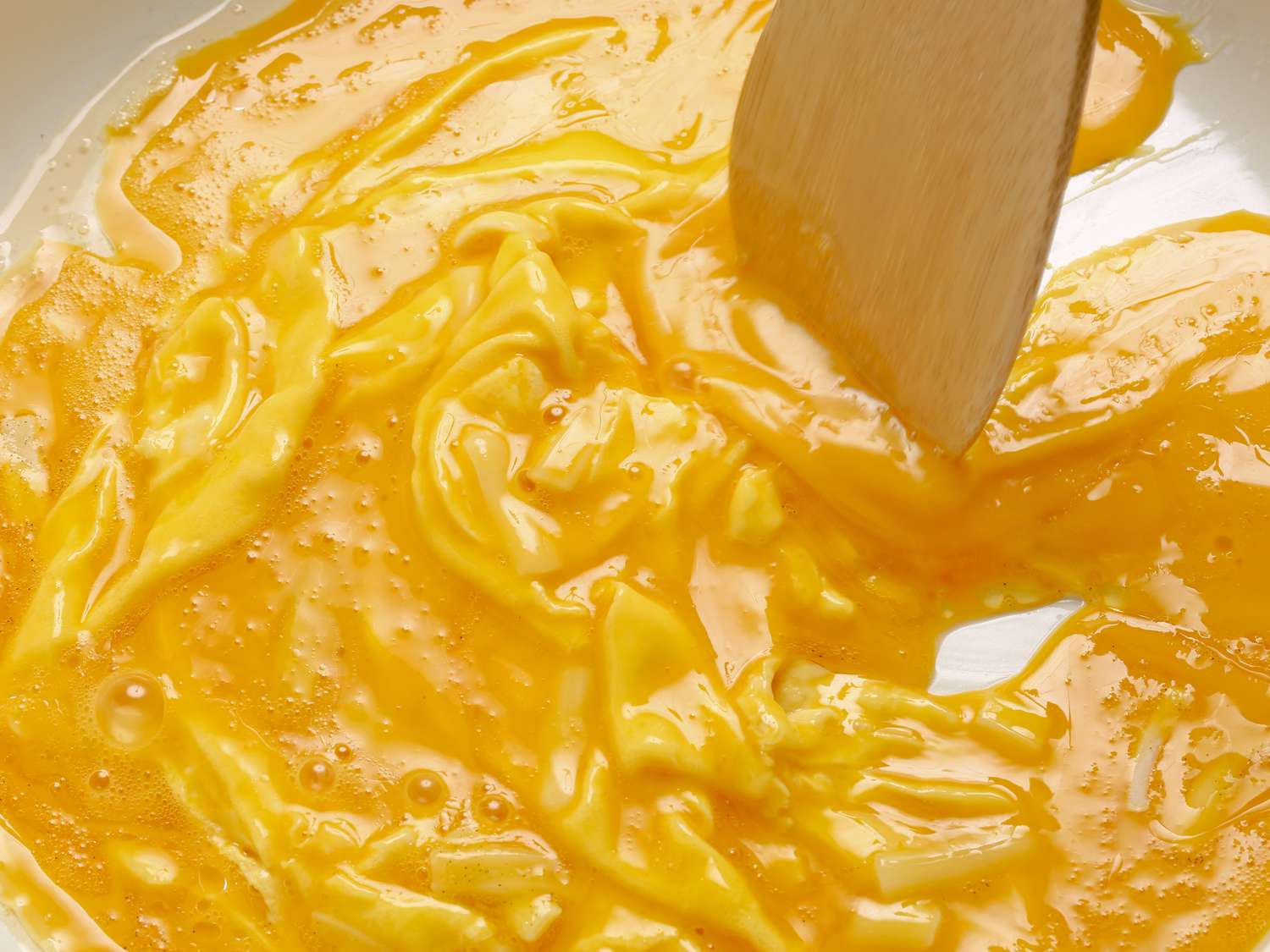
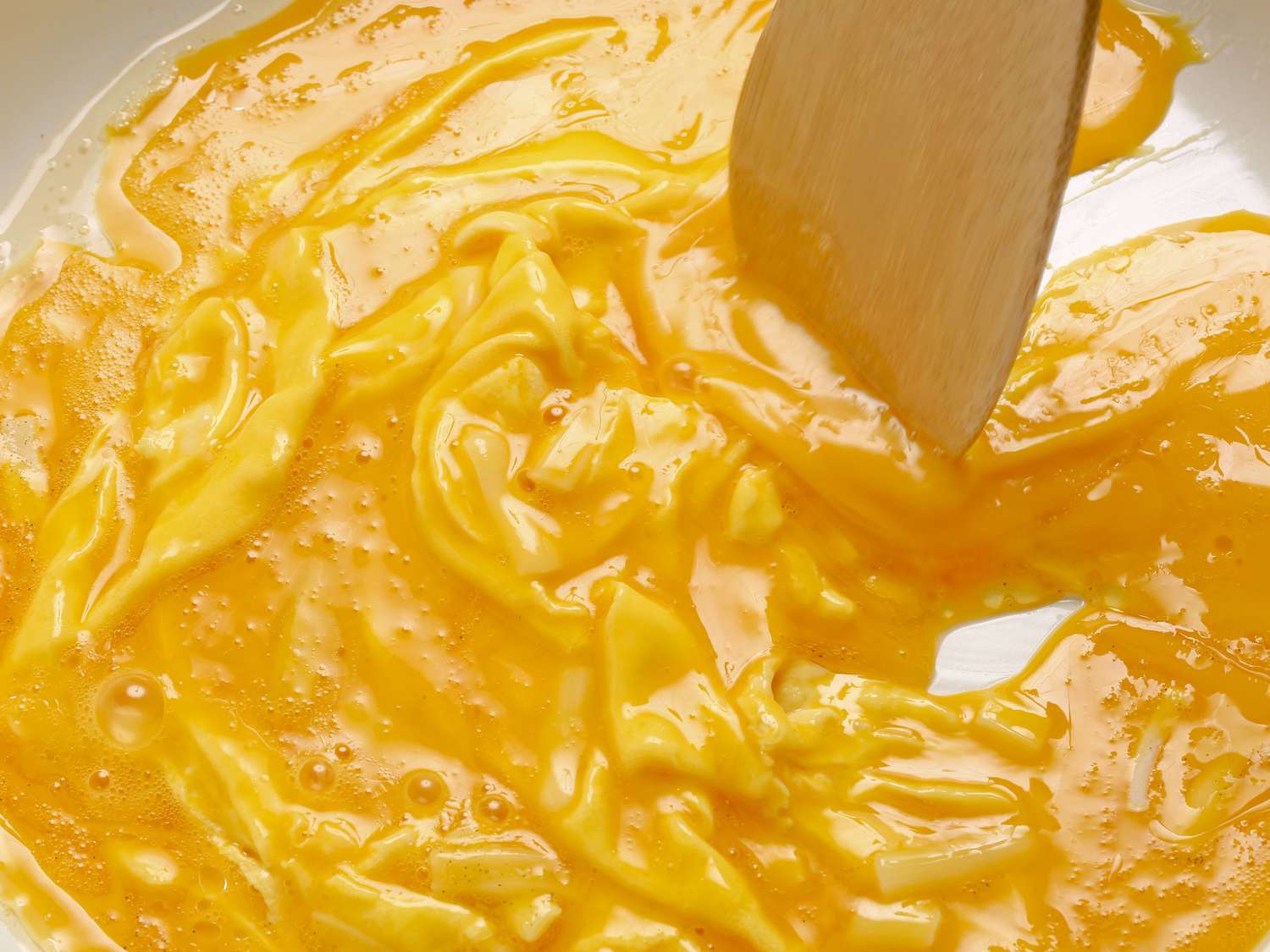
kazoka30 / Getty Images
More Tips to Level Up Your Scrambled Eggs
Starting with a cold, nonstick skillet will go a long way to help you make a scramble that will have you actually looking forward to mornings. A few other simple steps can also help move the needle:
- Bring your eggs up to room temp ahead of time. Compared to starting your scramble with fresh-from-the-fridge eggs, room temperature eggs cook more evenly. To bring eggs to room temperature quickly, add them to a bowl. Fill it with warm water to cover the eggs, then allow them to soak for five to 10 minutes or until the eggs are no longer cold to the touch.
- Whisk your eggs. It can be tempting to just crack the eggs directly into the skillet, since you’re stirring—and can “scramble”—them there. But Christopher O’Connell, executive chef at Orla in Santa Monica, California; Jeff Allen, executive chef at Millers All Day in Charleston, South Carolina (whose team hand-cracks 10,000 eggs per week!); and Tanner Pennington all say it’s wise to crack the eggs into a bowl first. Use a fork “to incorporate some air,” O’Connell recommends, and to increase the likelihood that you’ll be treated to an “evenly-cooked scrambled egg,” Allen adds. Whip the eggs with the fork to fully mix the whites into the yolks—and to add a little extra fluff-inducing air along the way.
- Don’t fear fat. Even though the pan is nonstick, you’ll still want to add fat to the skillet. “This prevents the eggs from sticking and adds rich flavor,” Pennington says.
- Stir constantly. Employ a heat-safe silicone spatula to continuously make gentle sweeping motions across the surface of the skillet, pulling the curds in the center out toward the rim of the pan. This promotes even heat distribution for every ounce and incorporates a bit more air and steam, both of which lead to lofty curds.
- Quit early. When the eggs are about 85 percent done or are 30 seconds shy of when you’d normally scoop them out, take the pan off the heat. They should look a bit glossy and “wet.” It’s vital to stop cooking when the scramble is still soft, as the residual heat will “finish the eggs, keeping them soft and fluffy,” Pennington says.
Season as desired just before serving, then grab a fork and prepare to dive into what Allen calls “nice and soft-scrambled beautiful little nuggets,” that are tender, moist, and not one bit rubbery.
Explore more:
Was this page helpful?
Thanks for your feedback!
Tell us why!
Other
Submit
